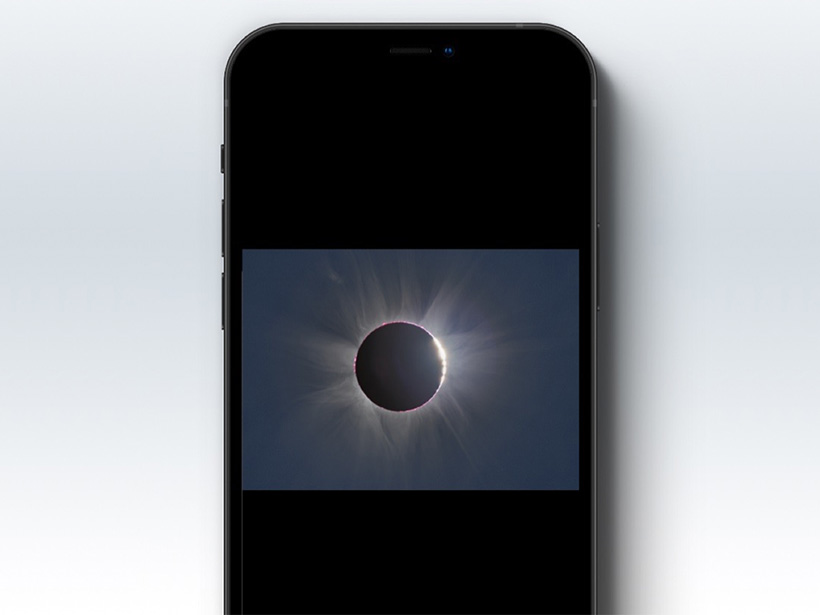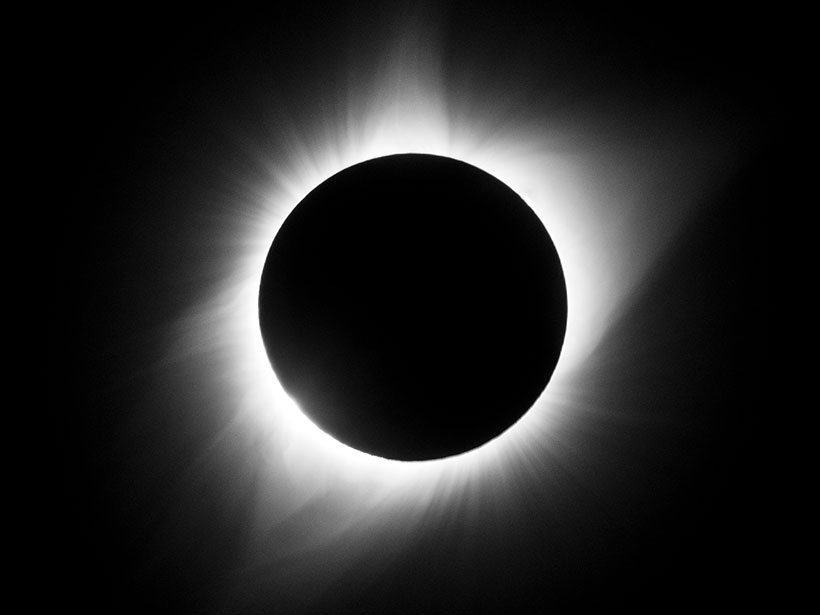New tools are helping make solar eclipse experiences and research accessible to people who are blind or low vision, communities often excluded from historically visually based sciences like astronomy.
eclipses
Altitude Matters for Solar Eclipse Observations
The path of a solar eclipse through Earth’s ionosphere, which can be quite different than it is at ground level, appears to explain patterns of ionized particle depletions.
Earth’s Skies Transmitted Signs of Life During Lunar Eclipse
Using upcoming ground- and space-based telescopes, scientists hope to make similar observations of the skies of distant, Earth-like exoplanets.
Recycled Glasses Connect Eclipse Watchers Across the Equator
Instead of throwing them in the trash, millions donated their slightly used eclipse glasses so that others around the world could share the experience.
A Meteor Struck the Moon During the Total Lunar Eclipse
Telescopes around the world detected an impact event on the lunar surface just before totality on Monday. Amateur and professional astronomers are starting to coordinate data.
Great American Eclipse Data May Fine-Tune Weather Forecasts
Measurements taken by an automated national meteorological monitoring network during the 2017 total solar eclipse illuminate how the land and atmosphere respond to a sudden loss of sunlight.
Seeing Green: A Stratospheric View of the 2017 Total Eclipse
Airborne telescopes gave scientists a sky-high view of the 2017 Great American Eclipse as they took measurements that are difficult to obtain from the ground.
Howling at the Moon with Eclipse Enthusiasts
From the reporters who stared at goats to poets who tweeted haiku, eclipse watchers across the nation flaunted their weird.
Eclipse’s Last Major Stop Is Rich in Science and Amazement
Eclipse celebrations and scientific preparations abound in the final large U.S. population center to see Monday’s total eclipse.
Sixteen Eclipse Studies That Illuminate Science from the Shadow
From jets that will chase the Moon’s shadow to a telescope designed to mimic the eyes of a mantis shrimp, projects across the United States will pack science into mere minutes when day turns to dark.










